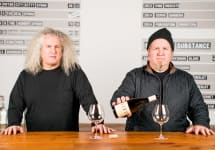Sixto Moxee Vineyard Chardonnay 2020
-
James
Suckling -
Robert
Parker



Product Details
Your Rating
Somm Note
Winemaker Notes
Oh my. Enticing. Beautiful. Gob smacked. You can’t remove my nose from the glass. Chamomile flower, lemon custard, toasted cashews and fresh yogurt, layered with notes of brioche, muted spices and a faint hint of orange blossom and don’t forget, the spine of minerality that keeps it all together. What a true pleasure… a gift.
Professional Ratings
-
James Suckling
This is so attractive, with notes of dried apples, apricots and mandarins, together with honeysuckle, freshly baked bread and praline. It’s so complex and textured that it makes you almost chew through it, experiencing waves of generous stone fruit, chalkiness and a clean cut of vivid acidity. Long finish with bright, stony minerality. Drink or hold.
-
Robert Parker's Wine Advocate
The 2020 Chardonnay Moxee Vineyard is a selection from the winemaker’s favorite nine barrels. The nose opens to classic Chardonnay notes of yellow apple, sweet citrus and hints of lemon pastry cream and elegant brown baking spices. Medium to full-bodied, the wine is fine, beautifully textured and fresh, with a vibrant core of healthy fruits and oak flavors that linger through the long, succulent finish. The wine spent a year and a half on the lees in 30% new French oak barrels. Just under 4,200 bottles produced. Give it a try!
Other Vintages
2018-
James
Suckling -
Jeb
Dunnuck
-
James
Suckling -
Jeb
Dunnuck -
Wine
Spectator -
Robert
Parker
-
Jeb
Dunnuck -
James
Suckling -
Robert
Parker
-
James
Suckling -
Robert
Parker -
Jeb
Dunnuck -
Wine
Enthusiast -
Wine
Spectator
-
James
Suckling -
Wine
Enthusiast -
Robert
Parker -
Wine
Spectator
-
Robert
Parker -
Wine
Enthusiast -
Wine
Spectator
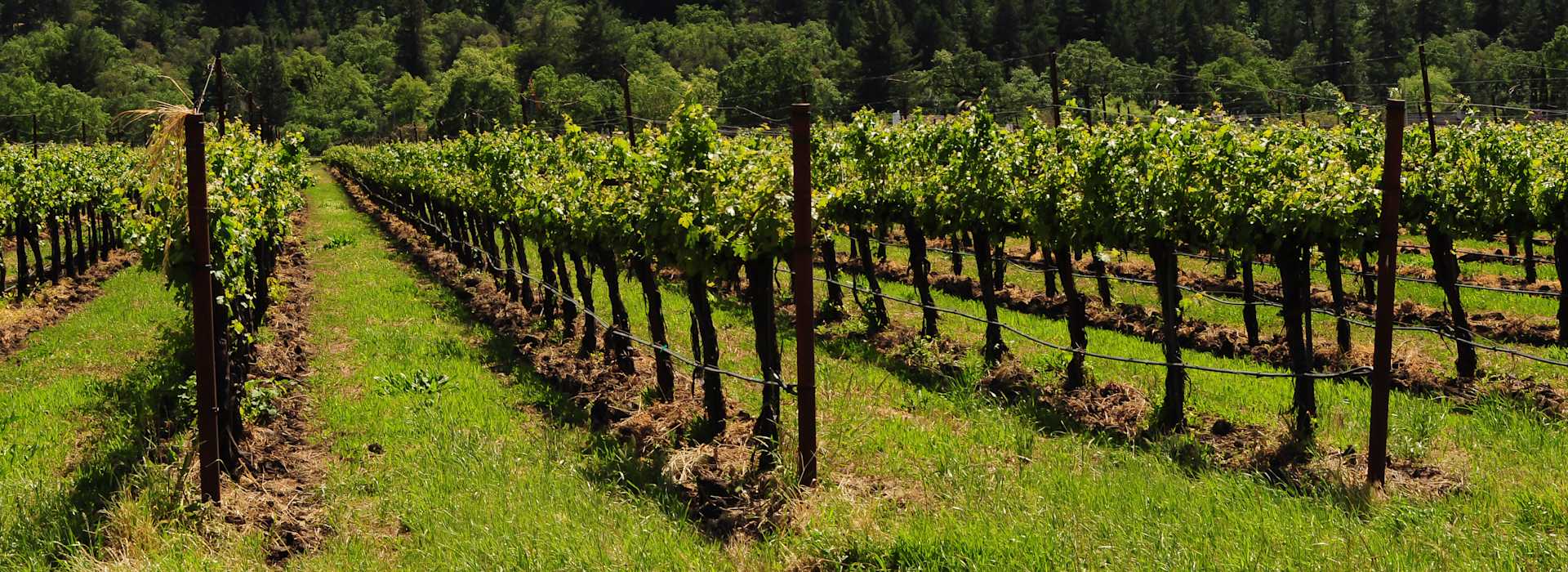
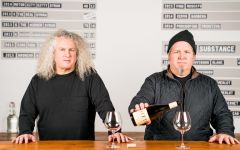

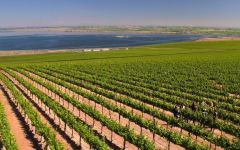
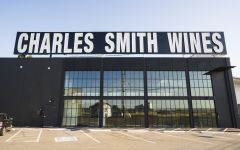
The story of musician SIXTO Rodriguez, featured in the acclaimed documentary Searching for Sugarman, inspired Charles similarly to resurrect something that was always great but was waiting to be rediscovered. Charles found this in old Chardonnay vineyards planted in Washington State.
The Latin “Sextus” translates to “sixth.” As Charles’s sixth label, the name SIXTO was a perfect fit. SIXTO wines are made exclusively from old-vine Chardonnay, grown at high elevations in cool climate vineyards throughout Washington. There are just four wines under the SIXTO label. The three single vineyard Chardonnays are Frenchman Hills, Roza Hills, and Moxee, and the final wine is the Uncovered, a blend of the three vineyard sites. The winemaking team spares no expense when making these beautiful Burgundian-style wines. The wines are made with natural yeasts, spontaneous fermentation, minimal intervention, and no battonage. This allows the finished wines to remain faithful to the unique terroirs of each vineyard.

One of the most popular and versatile white wine grapes, Chardonnay offers a wide range of flavors and styles depending on where it is grown and how it is made. While it tends to flourish in most environments, Chardonnay from its Burgundian homeland produces some of the most remarkable and longest lived examples. California produces both oaky, buttery styles and leaner, European-inspired wines. Somm Secret—The Burgundian subregion of Chablis, while typically using older oak barrels, produces a bright style similar to the unoaked style. Anyone who doesn't like oaky Chardonnay would likely enjoy Chablis.

A large and geographically diverse AVA capable of producing a wide variety of wine styles, the Columbia Valley AVA is home to 99% of Washington state’s total vineyard area. A small section of the AVA even extends into northern Oregon!
Because of its size, it is necessarily divided into several distinctive sub-AVAs, including Walla Walla Valley and Yakima Valley—which are both further split into smaller, noteworthy appellations. A region this size will of course have varied microclimates, but on the whole it experiences extreme winters and long, hot, dry summers. Frost is a common risk during winter and spring. The towering Cascade mountain range creates a rain shadow, keeping the valley relatively rain-free throughout the entire year, necessitating irrigation from the Columbia River. The lack of humidity combined with sandy soils allows for vines to be grown on their own rootstock, as phylloxera is not a serious concern.
Red wines make up the majority of production in the Columbia Valley. Cabernet Sauvignon is the dominant variety here, where it produces wines with a pleasant balance of dark fruit and herbs. Wines made from Merlot are typically supple, with sweet red fruit and sometimes a hint of chocolate or mint. Syrah tends to be savory and Old-World-leaning, with a wide range of possible fruit flavors and plenty of spice. The most planted white varieties are Chardonnay and Riesling. These range in style from citrus and green apple dominant in cooler sites, to riper, fleshier wines with stone fruit flavors coming from the warmer vineyards.
